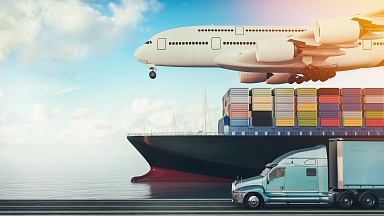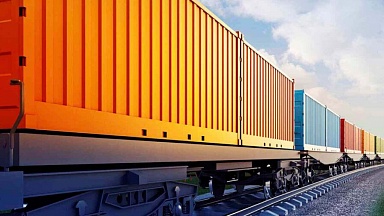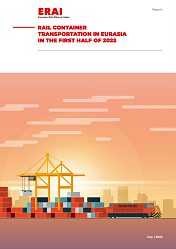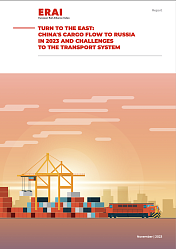One of the most notable regulatory changes is the implementation of the third phase of the European Union’s Import Control System (ICS2 Release 3), which will take effect on April 1, 2025. This phase applies to maritime, road, and rail transport, requiring more detailed import declarations and enhanced security measures for cargo entering the European Union, as well as Switzerland, Norway, and Northern Ireland. The new system is designed to improve risk assessment and streamline customs procedures, ensuring greater transparency and security across supply chains.
India has made significant strides in strengthening its maritime sector by announcing the establishment of Bharat Container Line, a new national shipping entity comprising a fleet of 100 vessels. This initiative aims to reduce dependence on foreign carriers and boost the country’s shipping capabilities. Additionally, India has introduced a $2.9 billion Maritime Development Fund, which is expected to drive infrastructure improvements and enhance the competitiveness of the Indian maritime industry on a global scale.
Meanwhile, in the United States, lawmakers have proposed the SHIPS for America Act, a legislative initiative aimed at revitalizing the U.S. shipping sector. If passed, the law would require that at least 10% of cargo originating from China be transported on U.S.-flagged vessels, which would also receive priority processing at American ports. The full implementation of this policy is expected by 2029, marking a significant shift in global shipping dynamics.
Freight rates have continued their downward trajectory as manufacturing operations gradually resume following the Lunar New Year holiday period. However, general rate increases (GRIs) have been announced for several trade lanes, set to take effect from March 1. The industry is also grappling with persistent port congestion, particularly in European ports, where increasing delays are affecting vessel turnaround times. The situation has raised concerns about disruptions to shipping schedules, especially for vessels returning to Asia in the coming months. This could lead to a temporary reduction in available capacity in April, further complicating logistics planning for global trade. As of now, approximately 2.65 million TEU, representing 8.4% of the global fleet, is currently stuck in port congestion, exacerbating supply chain inefficiencies. Additionally, the implementation of new carrier alliances has led to minor operational disruptions, with some shippers experiencing challenges in service consistency and transit times.
Looking ahead, long-term projections for global containerized trade remain positive, with an anticipated average annual growth rate of 3.6% between 2024 and 2028. The Asia-Pacific region is expected to play a key role in driving this expansion, contributing an estimated 6.1 million TEU in additional container traffic each year from 2025 to 2028. Despite these growth expectations, volatility in global markets remains a concern. Tariff-related announcements in February created uncertainty, particularly in relation to U.S. trade policy. While the temporary suspension of tariffs on U.S. imports from Canada and Mexico has provided some relief, the broader impact of shifting trade policies remains unclear. Continued policy uncertainties could pose risks to economic stability, with weak trade flows being one of the factors contributing to the anticipated slowdown in global GDP growth. The combination of geopolitical tensions, supply chain disruptions, and evolving regulatory frameworks will likely shape the trajectory of the maritime shipping industry in the years ahead.
Copyright © DHL International GmbH. All Rights Reserved.




